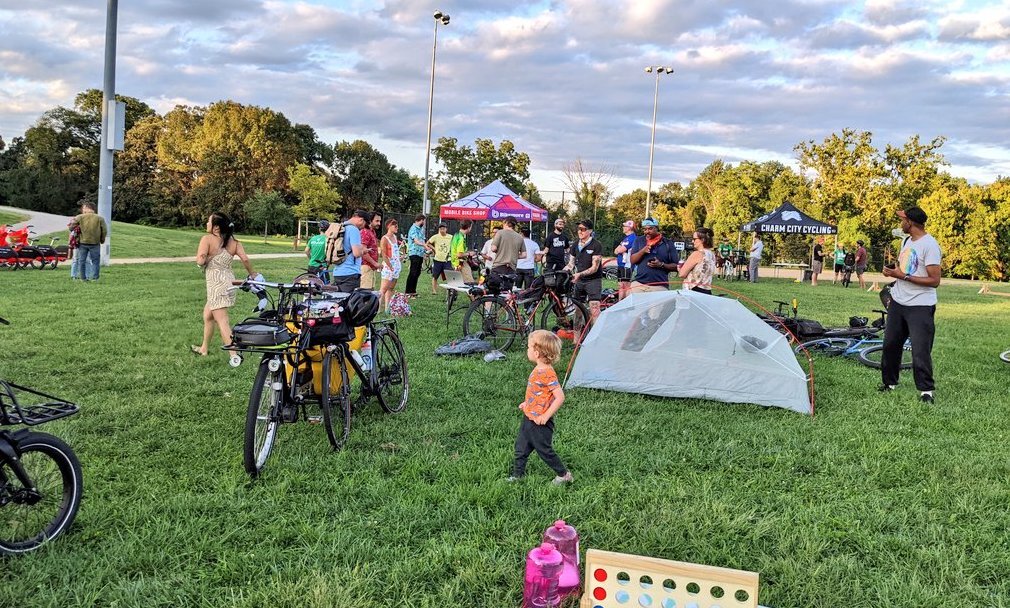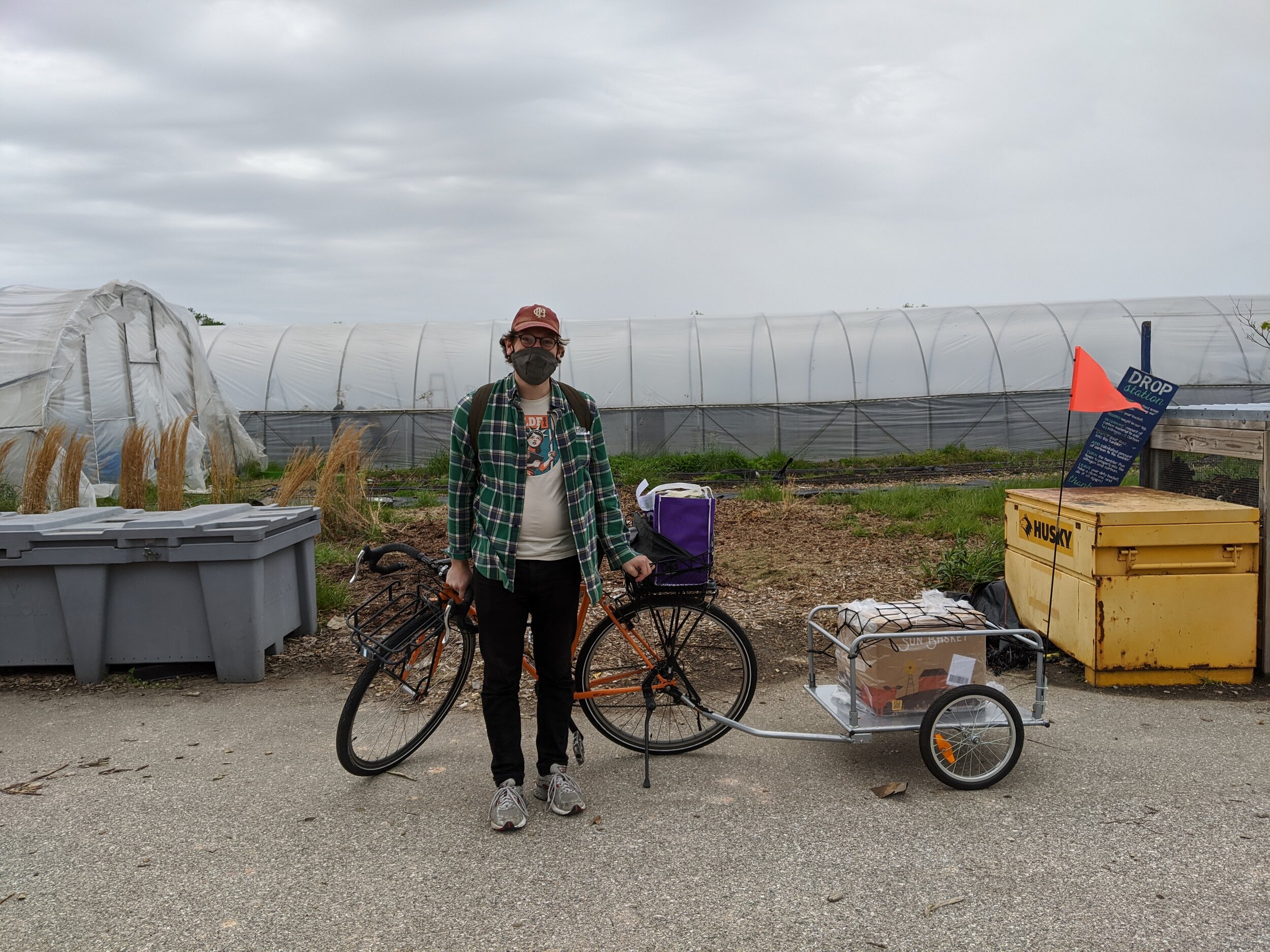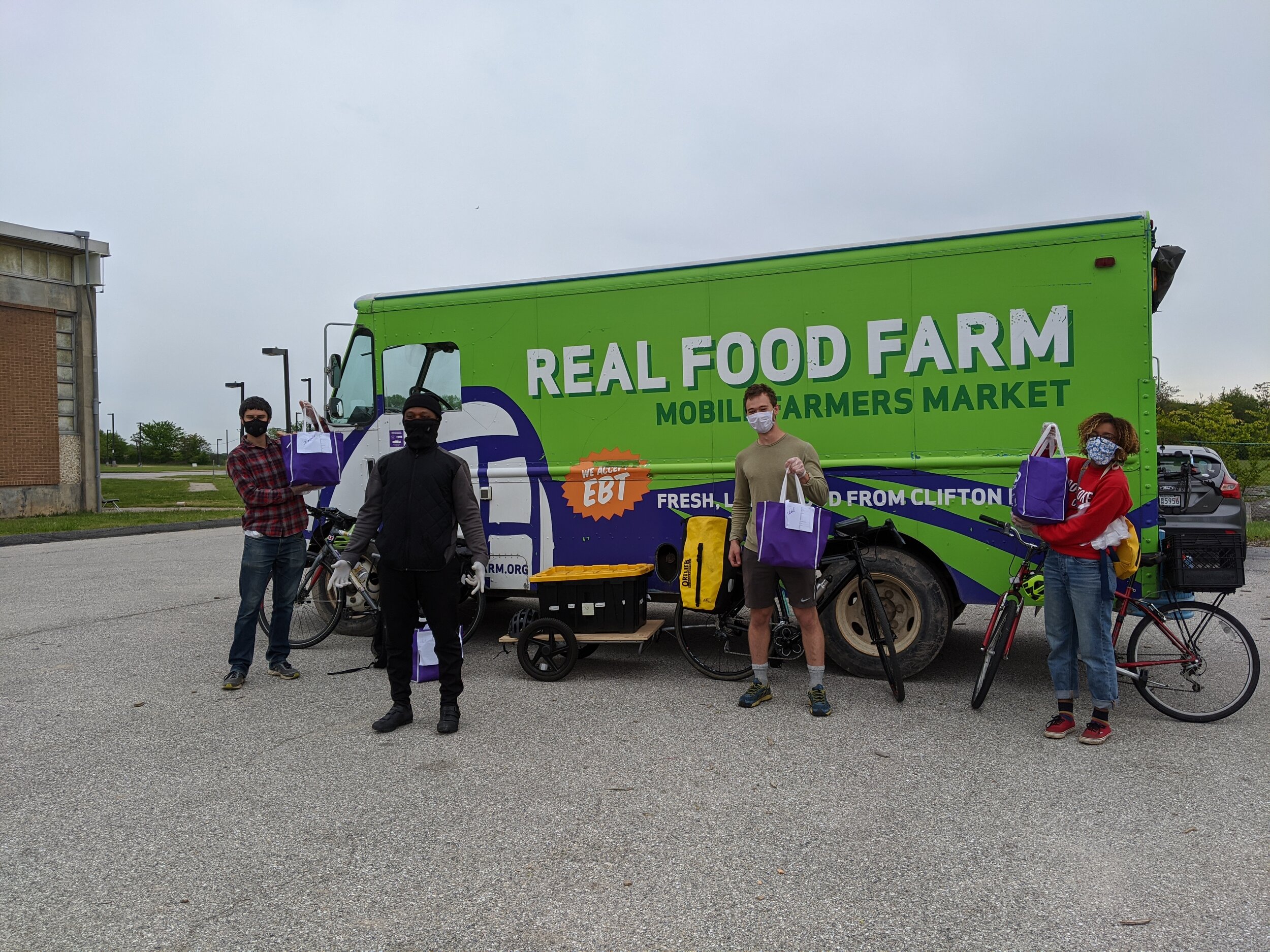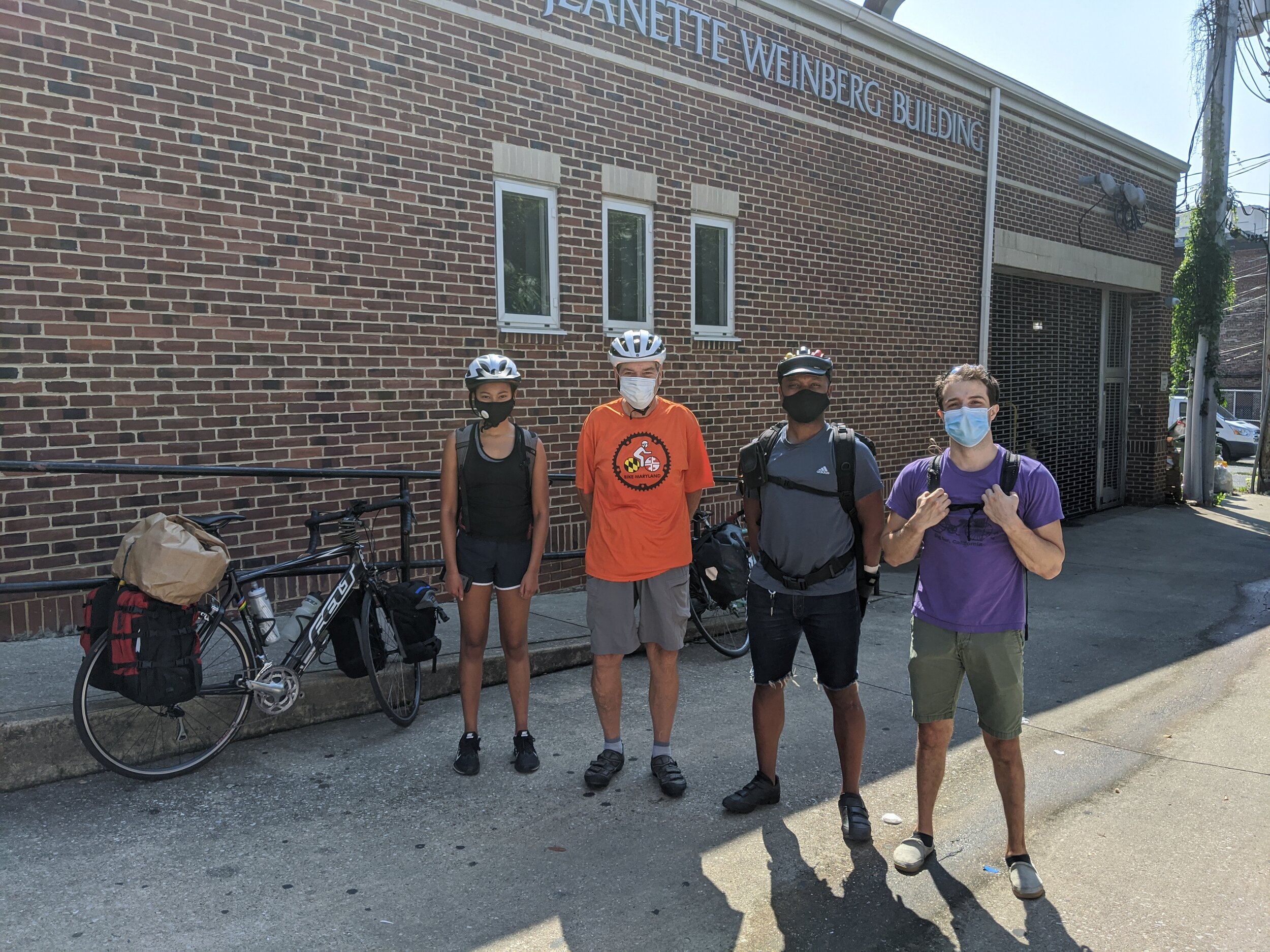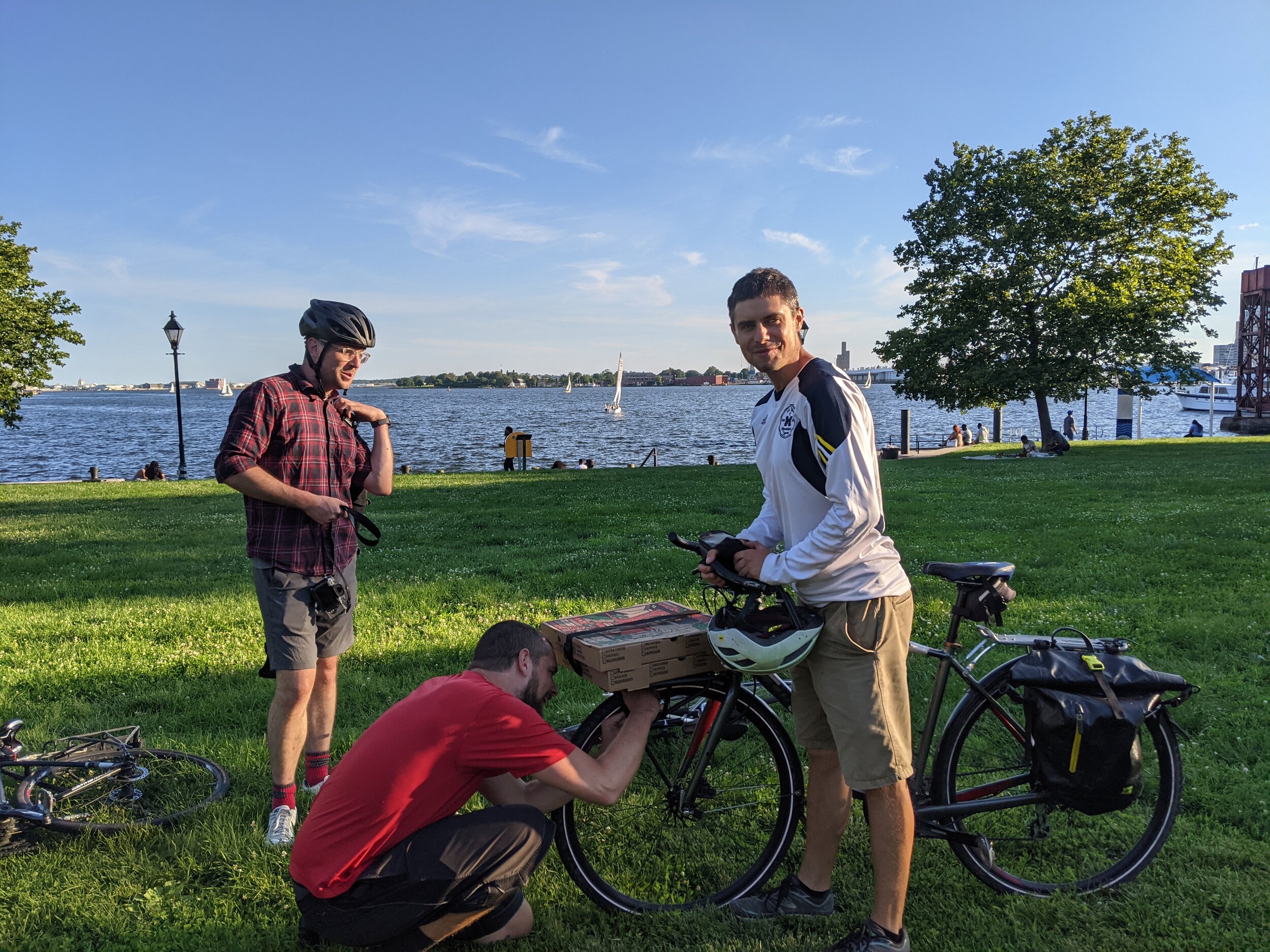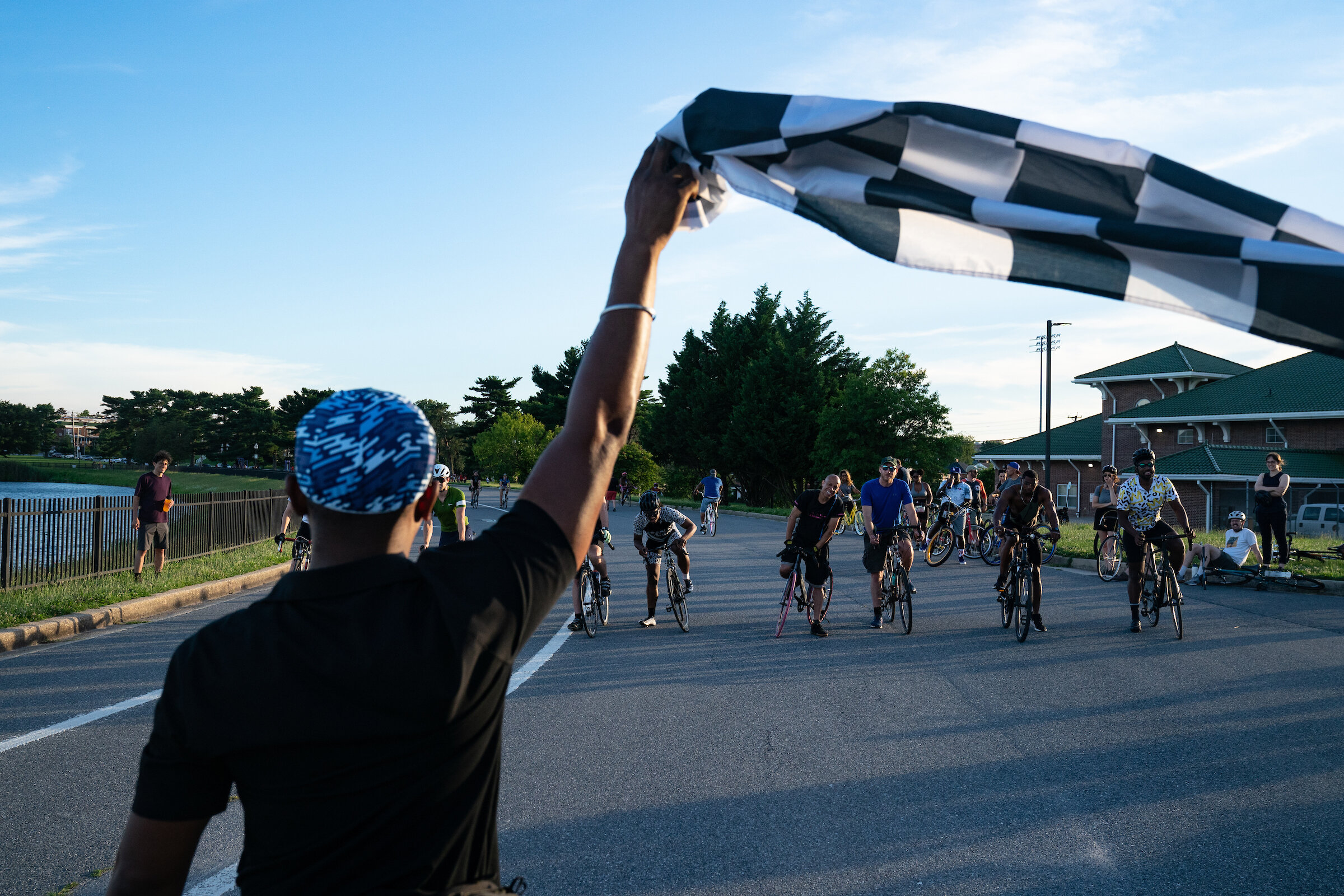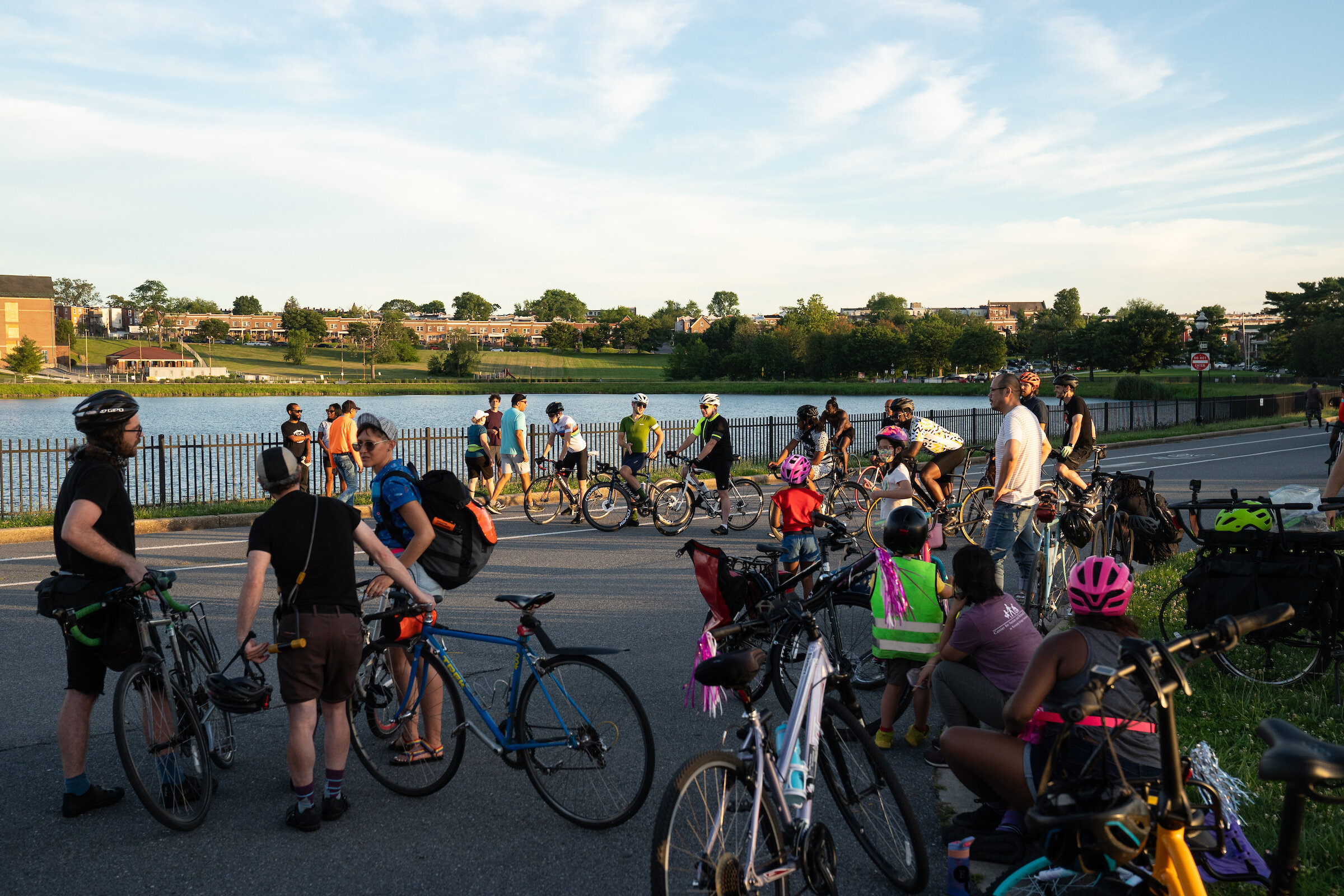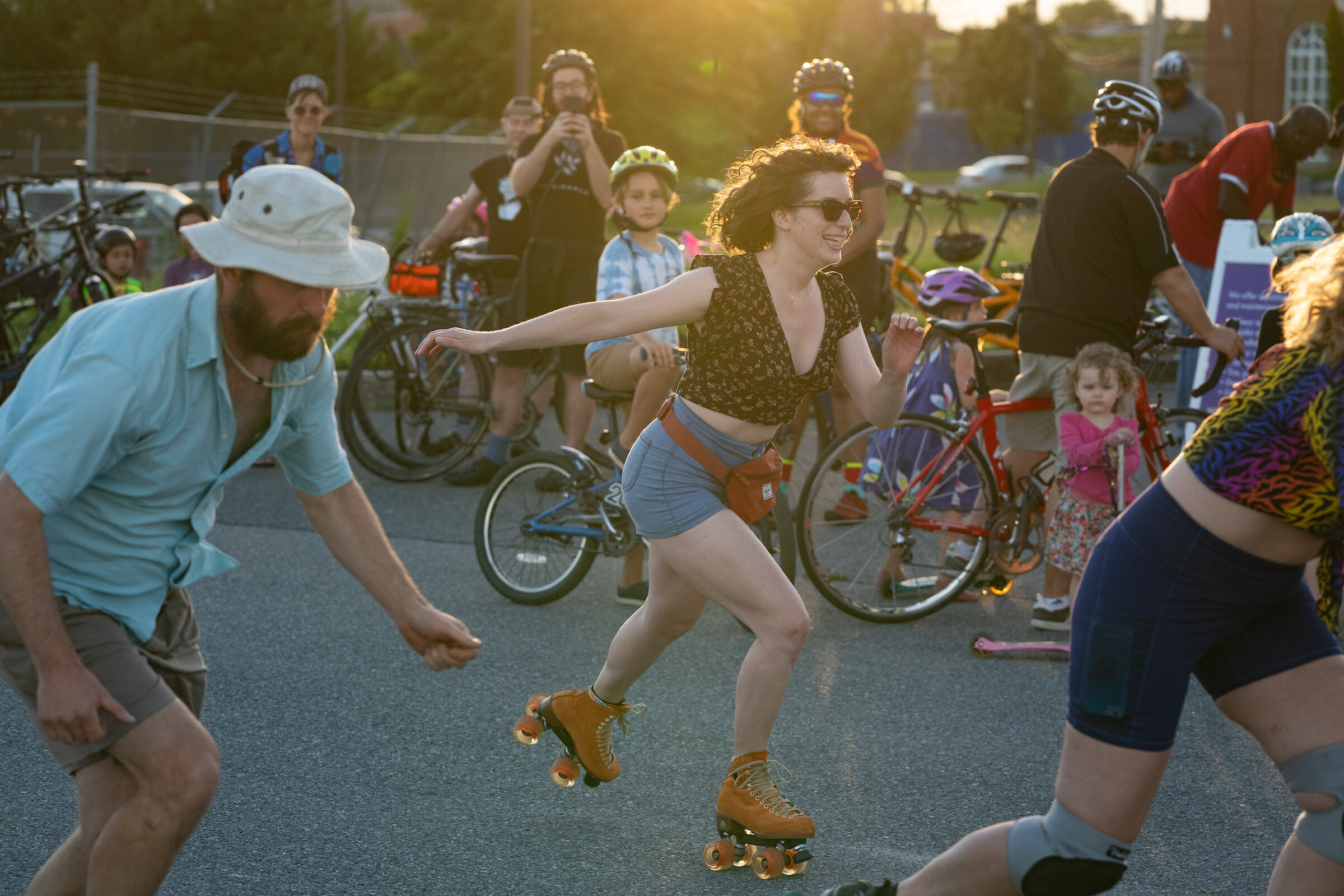We’re are grateful to all of those that came out for our latest Friday Night Lights. These nights been a really fun way for Bikemore to bring people together and connect to Baltimore’s beautiful outdoor parks.
We believe in a city that connects people to people and opportunities. And a key piece of what creates a healthy, livable city is connection to our parks. We’ve been working in Reservoir Hill and Druid Hill Park since the start of Bikemore, and it’s been exciting to see some big changes afoot led with a vision of Complete Streets and restoring relationship between surrounding neighborhoods to Druid Hill Park.
DOT released a study on the Big Jump. The big takeaways? There is virtually no impact on car travel times and 87% of survey respondents wanted some version of it to stay.
... which is why we're excited that the Big Jump is getting an upgrade to concrete barriers in Spring 2022! The water-filled orange and white barriers will be replaced by concrete Jersey Barriers. And, Graham Projects is leading public art to go on the barriers. We’re taking your input on what that art should look like: draw and share your design ideas.
All of the work along Druid Park Lake Drive & Druid Hill Park is coming to the final planning stages. RecnParks will hold a meeting the week of 9/28 to show their plans for the redesigned park once the DPW work on the lake is done. DOT is leading a Complete Streets design effort on Druid Park Lake Drive to reconnect surrounding neighborhoods to the park, and will host a meeting on 10/7 to present plans. Check out the articles in Next City and the Baltimore Sun that highlights the advocacy of neighborhood leaders to increase accessibility and equity in the area.
DOT has begun community meetings and gathering input on the Northern Segment of the Baltimore Greenway Trails Network, which includes Gwynns Falls Parkway and Wyman Park Drive, roads that would be connected through the Jones Falls Trail within the park. We suggest you continue to keep an eye on the project, and join community meetings to advocate for the trail and share your ideas of what it could look like.
To follow along, make sure you follow us on social media (links below), and please continue support the work of Divayogi, Black People Ride Bikes, and TAP Druid Hill.
Also, mark your calendars for the big Charm City Cross race on October 2&3!
If you have ideas for the next Friday Night Lights, let us know.
Want to support Bikemore? Help us out by starting a small monthly donation. Even $5/month helps Bikemore build sustainability from grassroots donors like yourself.


